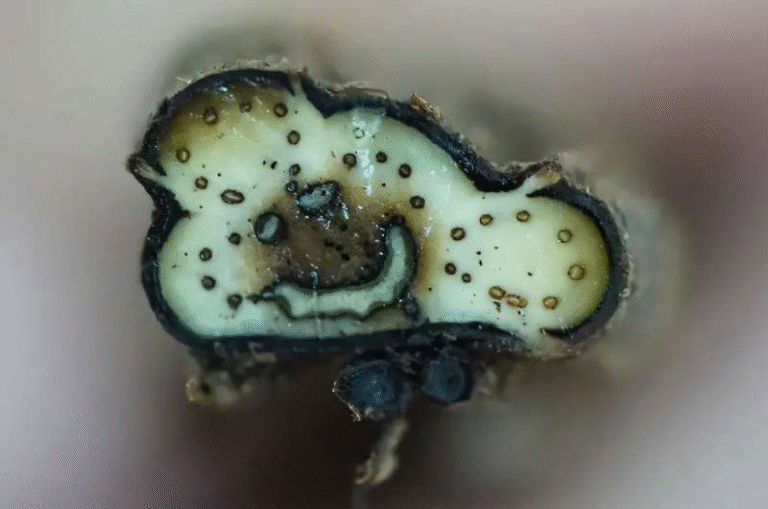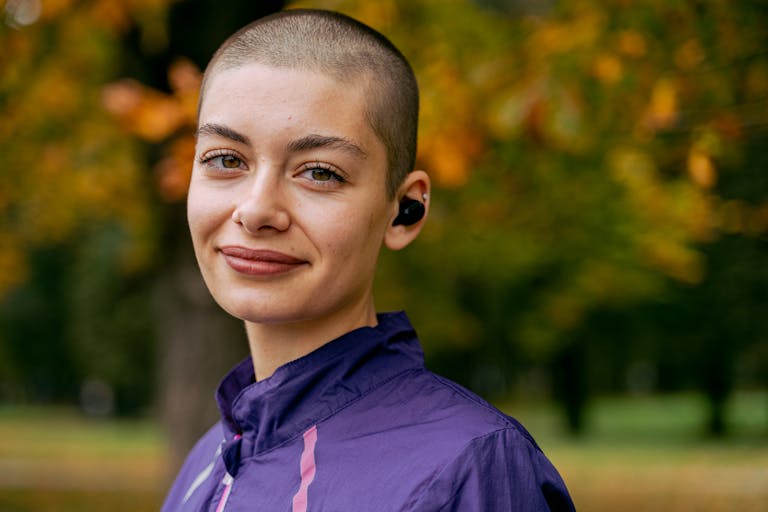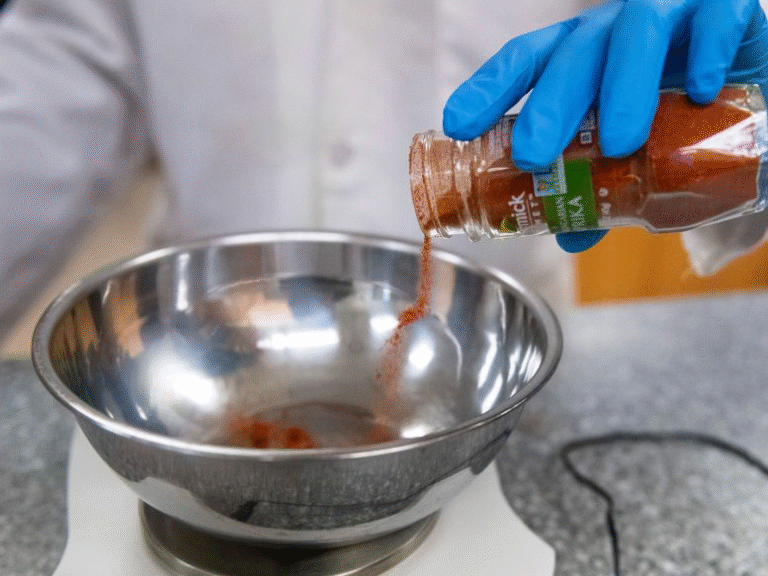New Global Study Finds Alternative Autism Therapies Lack Strong Scientific Evidence

A new international review has delivered a wake-up call to parents, practitioners, and researchers alike: most complementary and alternative treatments for autism simply don’t have solid scientific backing. Published in Nature Human Behaviour in August 2025, this massive study analyzed hundreds of previous reviews and found that while these therapies are incredibly popular, the evidence for their effectiveness is weak, and their safety has rarely been properly evaluated.
What the Study Looked At
The research team, made up of experts from Paris Nanterre University, Paris Cité University, and the University of Southampton, carried out what’s known as an umbrella review — a “review of reviews.” Instead of looking at individual studies or trials, the researchers gathered and analyzed data from 248 meta-analyses, which together covered over 200 clinical trials involving more than 10,000 participants.
Their goal was to assess whether complementary, alternative, and integrative medicines (CAIMs) actually work for people on the autism spectrum — and whether they’re safe. CAIM is an umbrella term that includes things like animal-assisted therapy, acupuncture, herbal remedies, music therapy, probiotics, and vitamin supplements such as Vitamin D.
Across these 19 different approaches, the team examined outcomes related to the core characteristics of autism, including communication, sensory sensitivity, social interaction, repetitive behaviors, and general quality of life.
A Big Picture Look at Autism and CAIMs
Autism Spectrum Disorder (ASD) affects how people communicate, process information, and interact with others. It’s estimated that around 1 in 100 people worldwide are on the autism spectrum, although prevalence rates vary by country and diagnostic methods.
Autism is not an illness that needs “curing” — it’s a neurodevelopmental condition, meaning the brain works differently from what’s considered typical. But that difference can come with challenges, including anxiety, difficulty understanding social cues, and sensory overload.
Because traditional treatments can be limited or focused on managing symptoms rather than providing full solutions, many families and individuals turn toward alternative therapies. These are often perceived as safer, more “natural,” or more holistic than conventional medicine. In fact, up to 90% of autistic people or their caregivers report having tried at least one form of CAIM at some point in their lives.
However, popularity doesn’t equal proof — and that’s exactly what this new study highlights.
What the Researchers Found
The results were clear: there is very little strong or reliable scientific evidence that these alternative therapies work for autism.
Even though some individual studies or small trials suggested potential benefits for certain therapies, when all the evidence was pooled together and analyzed, the overall findings were weak. Most of the studies included were either low in quality, too small, or inconsistent in design and results.
In simpler terms, the researchers didn’t find convincing proof that any of the 19 CAIMs studied made a meaningful, measurable difference for autistic individuals.
Even more concerning, the safety aspect of these treatments was often ignored or underreported. Less than half of the reviewed therapies included any kind of safety evaluation — meaning for most CAIMs, no one really knows if they could cause harm, interact with medications, or create long-term problems.
The researchers found that the quality of the existing studies was generally poor, and the lack of standardized safety reporting made it hard to assess potential side effects or risks.
They concluded that before people turn to such methods, they should always look at the overall strength of the evidence, not just one or two studies that make big claims.
Some Examples of the Therapies Studied
Among the 19 therapies analyzed, the review included both physical and psychological interventions, such as:
- Music therapy – often used to help with social skills and communication.
- Animal-assisted therapy – involving interactions with dogs, horses, or other animals to promote emotional connection.
- Acupuncture – based on traditional Chinese medicine principles.
- Herbal remedies and supplements – including herbs and natural extracts marketed for “brain support.”
- Probiotics – aiming to improve gut health, based on theories linking the microbiome to brain function.
- Vitamin D supplementation – sometimes claimed to help with mood and cognitive function.
- Omega-3 fatty acids – promoted for brain health and attention regulation.
While some of these approaches showed potential signals of benefit in isolated studies, the review emphasized that these findings didn’t hold up when the data were combined and analyzed for reliability. In other words, the positive effects seen in small studies often disappeared when viewed in the broader context of all the evidence.
Why So Many Still Turn to CAIMs
The popularity of these therapies isn’t hard to understand. Autism affects multiple aspects of daily life, and mainstream treatments — like behavioral therapies, educational support, and certain medications — often require long-term commitment, professional guidance, and financial resources that aren’t available to everyone.
CAIMs, on the other hand, are widely advertised, often appear safe, and are sometimes cheaper or more accessible. Parents and autistic adults may feel drawn to try something that promises improvement without harsh side effects.
But the study’s findings are a reminder that hope should be balanced with evidence. Without solid research, it’s impossible to know whether a treatment actually helps or whether any improvement is due to the placebo effect, natural developmental progress, or biased reporting in smaller studies.
The Importance of Rigorous Evidence
The researchers stress the need for well-designed, randomized controlled trials (RCTs) to test CAIMs properly. Such trials would include larger sample sizes, better controls, consistent outcome measures, and standardized safety tracking.
They argue that relying on a single small study — even if it seems positive — can be misleading. The only way to know whether a treatment works is to look at the entire body of evidence.
In other words, people shouldn’t base their decisions on one glowing report they read online or in a forum. They should look for high-quality evidence across multiple studies, ideally summarized in meta-analyses or umbrella reviews like this one.
Introducing the Online Platform
An interesting outcome of this research is the creation of a free, online evidence platform designed to help users check the strength of evidence for various CAIMs.
This platform, which will continue to be updated, allows parents, clinicians, and autistic individuals to see at a glance which therapies have strong scientific support and which are built on shaky ground. The idea is to empower people with accessible, transparent information so they can make better-informed choices.
The researchers hope this database will grow into a trusted resource, making it easier to separate scientifically credible options from those that are unproven or potentially risky.
What This Means for Families and Practitioners
For many families, this study might be disappointing — especially for those who have seen personal or anecdotal benefits from alternative therapies. But the findings don’t suggest that people’s experiences aren’t real. Instead, they highlight how scientific evidence hasn’t yet caught up to those experiences.
That means two things:
- There’s a pressing need for more research — to test the promising therapies properly.
- People should approach CAIMs with caution, especially when there’s little or no data on safety.
Just because something is “natural” or “non-medical” doesn’t automatically make it safe or effective. Even herbal or dietary treatments can cause side effects or interact with other medications.
How This Fits into the Bigger Picture
Autism research has made huge progress in understanding genetics, brain development, and sensory processing, but there’s still no single cure or universal treatment — because autism isn’t something to be “cured.”
Instead, the focus is on support, accommodation, and quality of life. Evidence-based interventions — like speech therapy, occupational therapy, behavioral strategies, and social skills training — remain the cornerstone of care.
CAIMs can sometimes complement these traditional approaches, but they should never replace them unless proven effective.
As this study shows, the science behind many alternative approaches isn’t there yet — and until it is, skepticism and careful evaluation are the best tools for families trying to make informed choices.
A Step Toward Better Awareness
The umbrella review represents a major step in clarifying what’s known and what’s not about alternative treatments for autism. It encourages a shift from enthusiasm-driven to evidence-driven decision-making.
It also sends an important message to researchers and policymakers: there’s a huge need for more rigorous, transparent, and safety-conscious studies in this area. Autism is complex, and understanding which therapies truly help will take time — but having this kind of large-scale synthesis gives the field a much clearer direction.
In Summary
This landmark study reinforces that while complementary and alternative therapies for autism are widely used and often well-intentioned, there’s no strong scientific proof that they work, and their safety remains under-researched.
Families and individuals should consult trusted healthcare professionals, use evidence-based interventions as a foundation, and explore new or alternative approaches only after carefully weighing the risks and benefits.
This research, supported by the Agence Nationale de la Recherche (ANR), sets a new standard for how autism therapies — alternative or otherwise — should be evaluated: with rigor, transparency, and science at the center.





